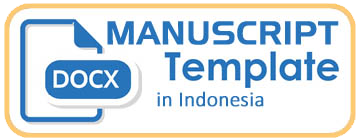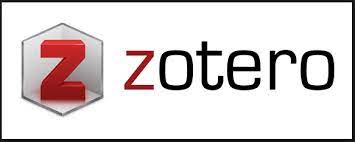BIMBINGAN BAGI ANAK CERDAS DAN ANAK BERBAKAT DI SD ISLAM COKRO AMINOTO 1 KALABAHI
Keywords:
children's education, intelligent children, gifted children, collaboration, emotional approachAbstract
Child education requires an adaptive approach tailored to the needs and potential of each child. This article discusses the educational strategies for gifted and talented children implemented by a teacher named Mr. Alwi at Cokroaminoto I Islamic Elementary School. The main focus is on differentiating approaches to gifted and talented children, as well as effective collaboration between teachers and parents in guiding children's development. Strategies for handling active children who are often considered "naughty" are also an important discussion, using a humanistic and flexible approach. This study is strengthened by educational theories from Renzulli, Gagné, Bronfenbrenner, Carl Rogers, Howard Gardner, and Thomas Lickona. The results show that inclusive and collaborative strategies can create a more meaningful learning process and encourage the optimal growth of children's potential.
Downloads
References
Bronfenbrenner. (1979a). The Ecology of Human Development: Experiments by Nature and Design. https://raggeduniversity.co.uk/wp-content/uploads/2025/02/1_x_The-Ecology-of-Human-Development-_-Experiments-by-Nature-and-Urie-Bronfenbrenner-Harvard-University-Press-Cambridge-Mass-1979-_compressed.pdf?utm_source=chatgpt.com
Bronfenbrenner. (1979b). The Ecology of Human Development: Experiments by Nature and Design. https://www.hup.harvard.edu/books/9780674224575?utm_source=chatgpt.com
Gagné. (2004). Transforming Gifts into Talents: The DMGT as a Developmental Theory. https://www.researchgate.net/publication/233627762_Transforming_gifts_into_talents_The_DMGT_as_a_developmental_theory?utm_source=chatgpt.com
Gardner, H. (1983). Frames of Mind: The Theory of Multiple Intelligences. https://www.basicbooks.com/titles/howard-gardner/frames-of-mind/9780465024339/?utm_source=chatgpt.com
Lickona. (1991). Educating for Character: How Our Schools Can Teach Respect and Responsibility. https://openlibrary.org/books/OL1538442M/Educating_for_character?utm_source=chatgpt.com
Moleong. (2017). Metodologi Penelitian Kualitatif (Edisi Revisi). https://inlislite.uin-suska.ac.id/opac/detail-opac?id=12221&utm_source=chatgpt.com
Renzulli. (1978). What Makes Giftedness? Reexamining a Definition. 60(3), 180–184, 261. https://gifted.media.uconn.edu/wp-content/uploads/sites/961/2025/01/The-Three-Ring-Conception-of-Giftedness.pdf?utm_source=chatgpt.com
Rogers, C. (1951). Client-Centered Therapy: Its Current Practice, Implications, and Theory. https://www.worldcat.org/title/oclc/254507
Sugiyono. (2016). Metode Penelitian Kualitatif, Kuantitatif, dan R&D. Alfabeta,Bandung. https://books.google.co.id/books/about/Metode_Penelitian_Kuantitatif_Kualitatif.html?id=VfVZDwAAQBAJ
Thomas lickona. (1991). Educating for Character: How Our Schools Can Teach Respect and Responsibility Penulis: Educating for Character: How Our Schools Can Teach Respect and Responsibility. https://www.worldcat.org/title/educating-for-character-how-our-schools-can-teach-respect-and-responsibility/oclc/23253269
Tomlinson. (2001). How to Differentiate Instruction in Mixed‑Ability Classrooms. Association for Supervision & Curriculum Development (ASCD). https://www.scirp.org/reference/ReferencesPapers?ReferenceID=2464900&utm_source=chatgpt.com









